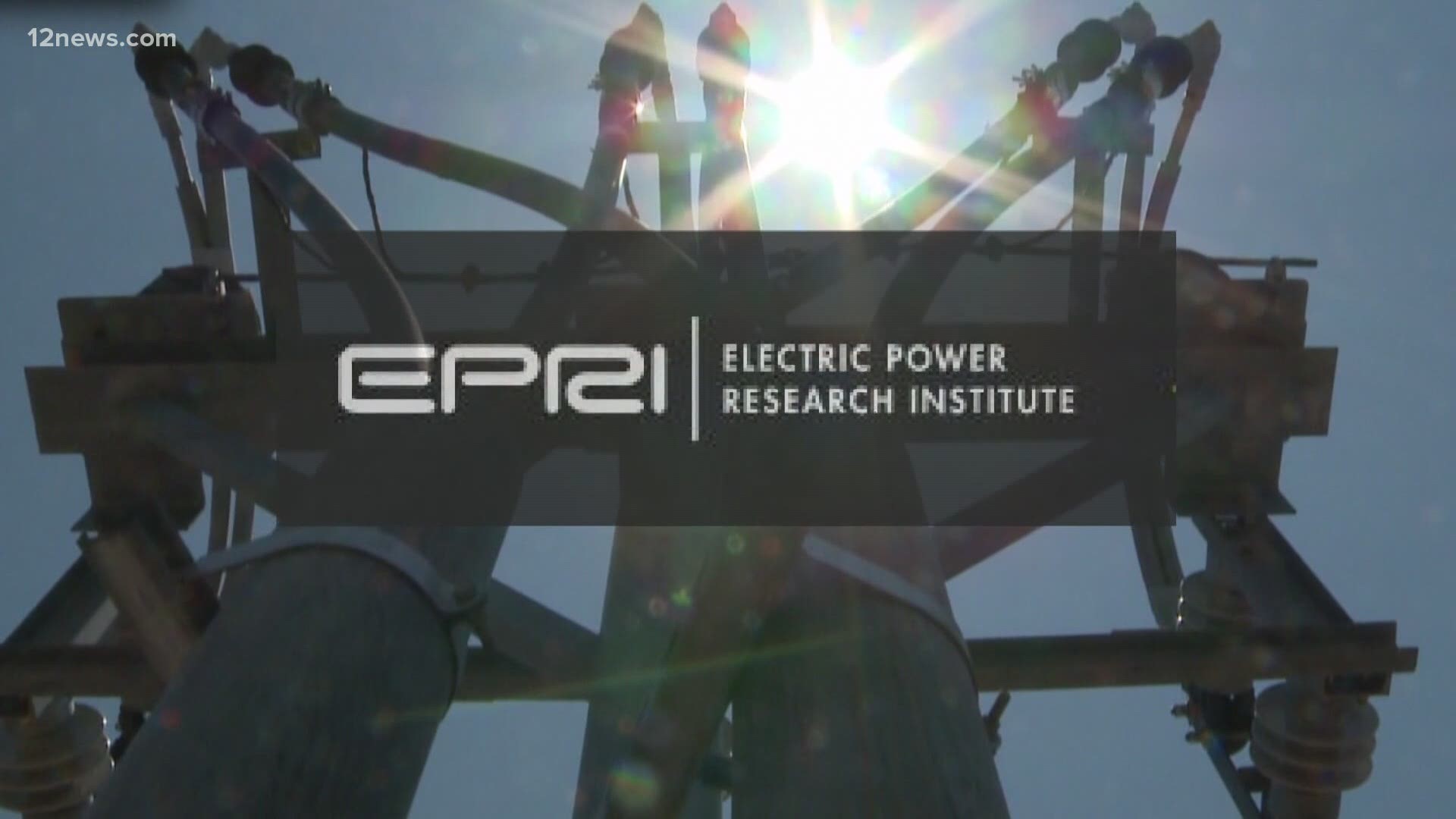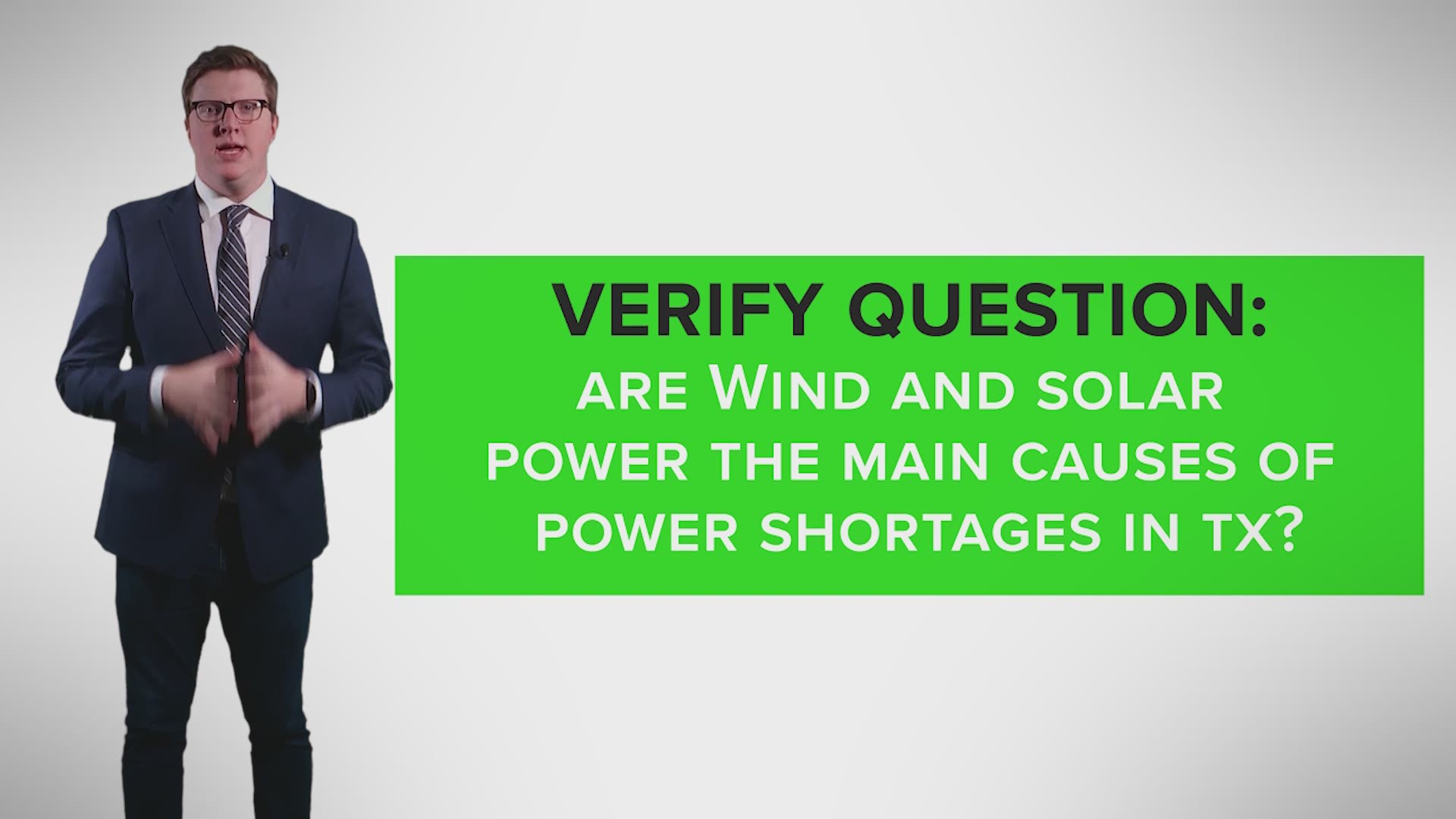PHOENIX — As Texas experiences a crippling cold snap, utility experts in Arizona briefed the Arizona Corporation Commission on Thursday in attempts to assure them the state is not at risk of pinched resources.
Representatives from Southwest Gas, APS and Tucson Electric Power told the commission they are able to meet customer demands with little interruption.
In some cases, Arizona was able to pivot to other resources to continue supplying energy, they said.
Is Arizona prepared for an unprecedented weather event?
12 News interviewed Daniel Brooks, who researches electricity systems and grids across the world.
Brooks leads the Integrated Grid and Energy Systems research sector at the nonprofit Electric Power Research Institute in Washington, D.C. The organization focuses on emerging sources for energy.
When asked what kind of weather event in Arizona would most likely cause a utility crisis like that overwhelming Texas, Brooks said the biggest threat is the one “you aren’t prepared for.”
“Grid planners work very hard and do a great job identifying scenarios in which they have to operate the grid, with some margins to catch extreme conditions they might experience," Brooks said.
"The problems occur when you get into scenarios so extreme, they are outside what’s typical."
Over the past several days, Texas has experienced a deep freeze and an unprecedented demand for power as Texans struggle to heat their homes. Water supplies have also been damaged due to freezing pipes.
Brooks talks about the need to “harden the system” against extreme weather events because they are becoming more frequent, a consequence of climate change.
“Just look at 2020. We saw five unprecedented wildfires in California alone. The tropical storms that hit the U.S. were the most in history in 2020,” Brooks said.
Arizona saw 33 record highs in 2020 and zero record lows. The state also saw the most lows that never reached below 90 degrees.
Fortunately with the exception of isolated power outages, the state did not experience any broad, days-long outages due to increased demand or storms.
“It’s important to remember that there are a lot of men and women out there with electricity providers working diligently to make sure folks are getting what they need,” Brooks said.
Broad interconnection is key
Super Storm Sandy in 2012 and the Polar Vortex of 2014 are two historic examples of grids breaking down during a weather crisis in the U.S.
Preventing catastrophic outages in the Southwest will require increased diligence by energy planners, Brooks said.
“The scenarios we plan for and the way we plan resources, those are going to have to evolve to include things like changing climate and what we see trending with technology,” Brooks said.
He added there were no types of generation resources (fossil fuels, wind and solar) that were spared during the Texas snow storms.
Experts recently told NBC News the U.S. will have to develop vast supplies of power storage, such as gigantic batteries, that rely on renewable energy.
Having “a broader interconnection with other resources geographically” will also protect Arizona in the future, Brooks said.
“There is work to be done (regarding preparation for extreme weather events) but it will benefit the southwest and others around the world,” Brooks said.


